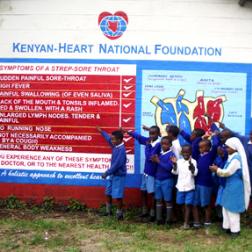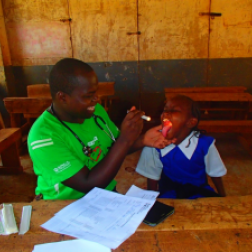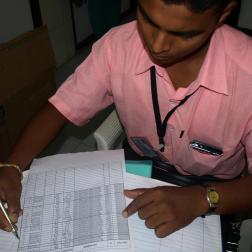The RhEACH team of the RHD Action Alliance presents a Needs Assessment Tool (NAT) of processes and data collection instruments recommended for conducting a comprehensive needs assessment in local communities in ARF/RHD endemic countries.
This NAT aims to provide guidance and structure to the development of targeted interventions to prevent and control ARF and RHD. It makes use of scientifically validated methods and is designed as a collection of tools for public health practice. It provides technical guidance based on the experience of ARF/RHD programmes in resource-limited settings and focuses on the key data required for developing and monitoring interventions.
The NAT is built on elements of the TIPS Handbook (Tools for Implementing rheumatic heart disease control Programmes) and the Medtronic Philanthropy Continuum of Care Framework for Health Systems© (CoC). The CoC framework helps identify the barriers and challenges within a health system while keeping the individual seeking care at the centre of the process.
The Needs Assessment is a four-phase process that involves the following:
- Situational assessment, which involves a systematic review of local literature regarding GAS, ARF, and RHD and characterisation of candidate sites.
- Facility-based assessment, which includes reviewing clinical records, evaluating capacity to deliver care around GAS, ARF, and RHD in the site’s health facilities, and seeking an understanding of how services around ARF/RHD integrate with the rest of the health system.
- Understanding the patient and provider experience, which uses qualitative methods to understand barriers and facilitators along the CoC©
- Planning the intervention, which implements a rigorous process approach to mapping and dialoguing with stakeholders and then designing the intervention and also includes a monitoring and evaluation framework.
Using the NAT will require adaptation to local circumstances and resources. The tools and processes can be selected individually or as a complete set. They will then require contextualization within each setting and will require careful planning, community participation and additional refinement during implementation. The instruments within the NAT will serve as a foundation, but must be implemented with guidance from practitioners with local expertise.
This tool is meant to be used as resources allow. It’s been designed to include desk elements, and quantitative and qualitative components. Some may not always require formal ethics approval. It is always a best practice to consult with your local Ethics Committee before embarking on any of these needs assessment activities. Tools can be adapted and utilized in different situations and will integrate with the RHD Roadmap and the TIPS framework.
We encourage people to look through the tools, consider local applications and consult freely for assistance in applying them.





